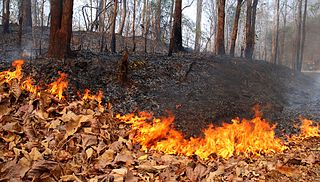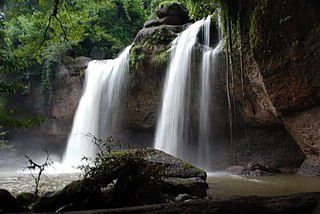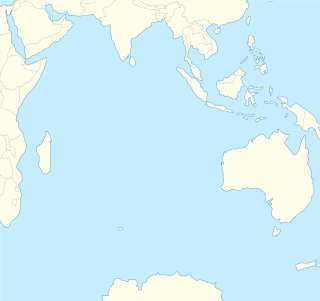 W
WThe Indochina mangroves are a large mangrove ecoregion on the coasts of Thailand, Cambodia, Vietnam and Malaysia in Southeast Asia.
 W
WThailand's dramatic economic growth has caused numerous environmental issues. The country faces problems with air, declining wildlife populations, deforestation, soil erosion, water scarcity, and waste issues. According to a 2004 indicator, the cost of air and water pollution for the country scales up to approximately 1.6–2.6% of GDP per year. As such, Thailand's economic growth has come at great cost in damage to its people and environment.
 W
WNational parks in Thailand are defined as an area that contains natural resources of ecological importance or unique beauty, or flora and fauna of special importance. As of 2019 Thailand's protected areas included 157 national parks, 58 wildlife sanctuaries, 67 non-hunting areas, and 120 forest parks. They cover almost 20 percent of the kingdom's territory.
 W
WThe Queen Sirikit Botanical Garden (QBG) in Mae Rim District, Chiang Mai Province, Thailand was opened in 1993 and is maintained under the auspices of the Botanical Garden Organization (BGO) of the Ministry of Natural Resources and Environment. Originally named the Mae Sa Botanic Garden, it was renamed for Sirikit, Queen of Thailand in 1994.
 W
WThe Rayong oil spill occurred on July 27, 2013, in the Gulf of Thailand, off the coast of Ko Samet and Map Ta Phut in Rayong Province.
 W
WThe 2006 Southeast Asian haze event was caused by continued uncontrolled burning from "slash and burn" cultivation in Indonesia, and affected several countries in the Southeast Asian region and beyond, such as Malaysia, Singapore, southern Thailand, and as far as Saipan; the effects of the haze may have spread to South Korea. Local sources of pollution partly contributed to the increased toxicity, particularly in high-pollution areas such as ports, oil refineries, and dense urban areas. In the highly urbanised and industrialised Klang Valley of Malaysia in particular, the surrounding terrain acted as a natural retainer of polluted air, aggravating the situation when the haze set in.
 W
WThe 2009 Southeast Asian haze was an episode of large scale air pollution primarily caused by slash and burn practices used to clear land for agricultural purposes in Sumatra, Indonesia. It affected the areas surrounding the Straits of Malacca which besides Indonesia include Malaysia and Singapore.
 W
WThe 2010 Southeast Asian haze was an air pollution crisis which affected many Southeast Asia countries such as Indonesia, Malaysia and Singapore during the month of October in 2010.
 W
WThe 2013 Southeast Asian haze was a haze crisis that affected several countries in Southeast Asia, including Brunei, Indonesia, Malaysia, Singapore and Southern Thailand, mainly during June and July 2013. The haze period was caused by large-scale burning in many parts of Sumatra and Borneo. Satellite imagery from NASA's Terra and Aqua satellites showed that the haze was mainly due to smoke from fires burning in Riau province, Indonesia.
 W
WThe 2015 Southeast Asian haze was an air pollution crisis affecting several countries in Southeast Asia, including Brunei, Indonesia, Malaysia, Singapore, southern Thailand, Vietnam, Cambodia and the Philippines.
 W
WA trans-national air pollution crisis affected several countries in Southeast Asia from February to September 2019, including Brunei, Indonesia, Malaysia, the Philippines, Singapore, Thailand, and Vietnam.